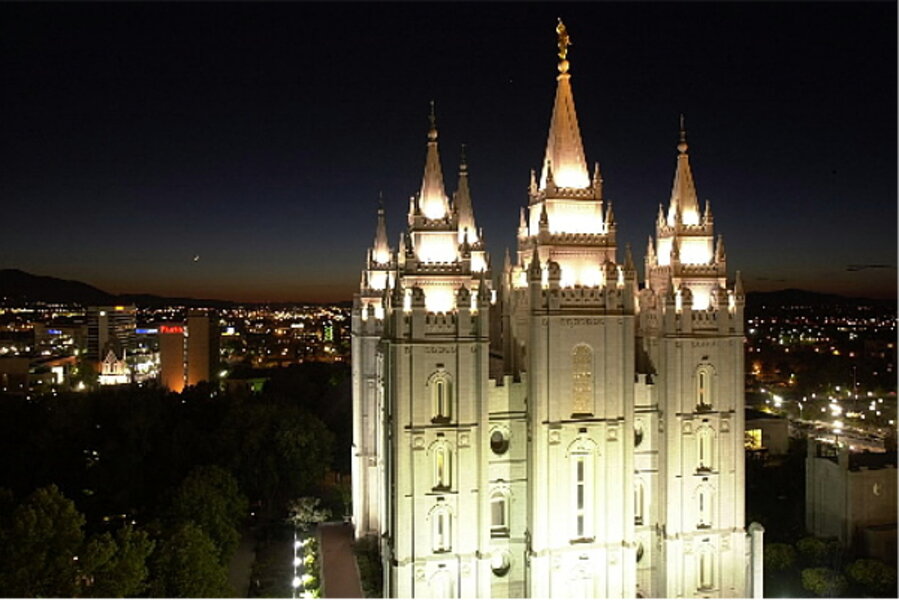Mormon church officials explain the past ban on black priests
Loading...
| SALT LAKE CITY
More than three decades after reversing its prohibition of black priests, the Mormon church has disavowed the ban, saying it was put into place during an era of great racial divide that influenced early teachings of the church.
The nearly 2,000-word statement posted on The Church of Jesus Christ of Latter-day Saints' website was the church's most comprehensive explanation of why it previously had barred men of African descent from the lay clergy. In the article, the church pinned the ban on an announcement from church president Brigham Young in 1852.
The ban ended in 1978, but in the 35 years since then, the church had never given an official explanation for the reasons behind the ban or addressed the once widely held notion that blacks were spiritually inferior, said Matthew Bowman, an author and assistant professor of religion at Hampden-Sydney College in Virginia.
In the article, posted Friday, the church addressed what has become a sensitive topic for current leaders and the 15 million members around the world.
"The Church disavows the theories advanced in the past that black skin is a sign of divine disfavor or curse, or that it reflects actions in a premortal life; that mixed-race marriages are a sin; or that blacks or people of any other race or ethnicity are inferior in any way to anyone else," the statement read. "Church leaders today unequivocally condemn all racism, past and present, in any form."
Mormon church officials declined comment on the article but said it is part of a series of new online postings to explain or expand on certain gospel topics for its members. Other topics include, "Are Mormons Christian?" and one about founder Joseph Smith's first visions.
Armand Mauss, a retired professor of Sociology and Religious Studies at Washington State University, said the article is the most comprehensive explanation yet about the past exclusion of blacks from the priesthood and marks the first time the church has explicitly disavowed its previous teachings on the topic.
Mormon scholars over the years have written much of what is in the posting, but it is noteworthy coming from church headquarters in Salt Lake City, he said. He and other scholars were interviewed several months ago by staff from LDS Public Affairs in preparation for the new article, Mauss said, adding that it reflects a "new Church commitment to greater transparency about its history, doctrines, and policies."
Don Harwell, a black Mormon, called the article a great moment.
"History and changes all happen due to time. This is way past due," said Harwell, 67, of Cottonwood Heights, who converted to the Church of Latter-Day Saints in 1983. "These are the statements they should have made in 1978, but better late than never."
Harwell is the president of Utah's Genesis Group, a support organization founded in 1971 for black Mormons. While he noted that he doesn't speak for the church, he said he believes the next step is getting more black Mormons into church leadership positions. He serves as counselor to the bishop in his local congregation and can see how that is helping young church members change their perceptions.
Margaret Blair Young, an adjunct professor at Brigham Young University who made a documentary about the untold stories of black Mormons, called the new article a miracle.
"I'm thrilled," Young said. "It went so much further than anything before has done."
Online:
Church's statement: http://www.lds.org/topics/race-and-the-priesthood?lang=eng







